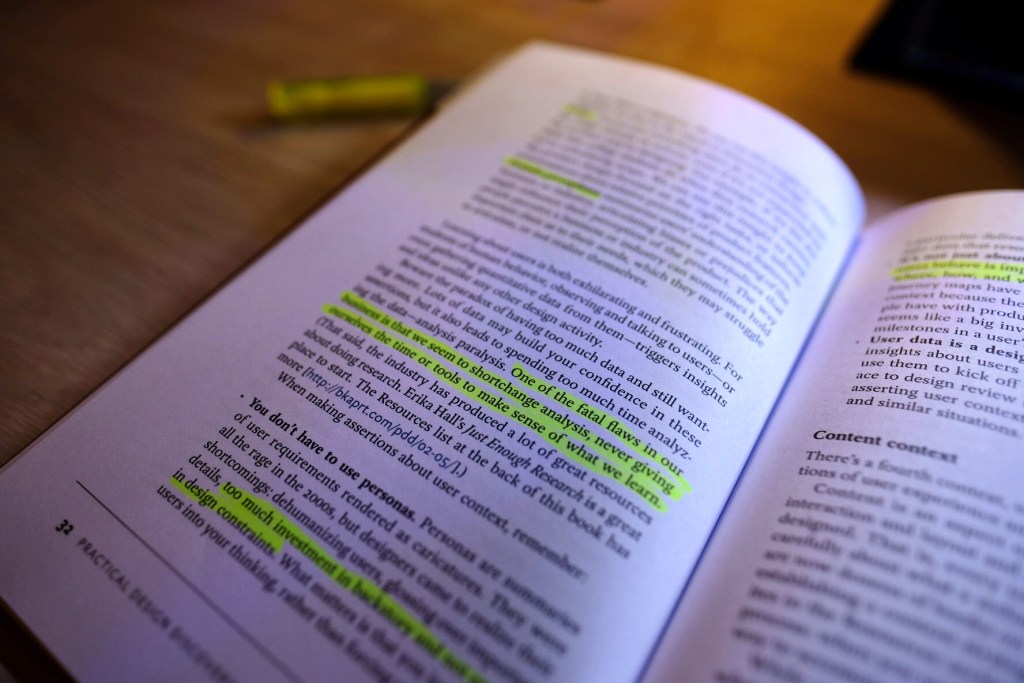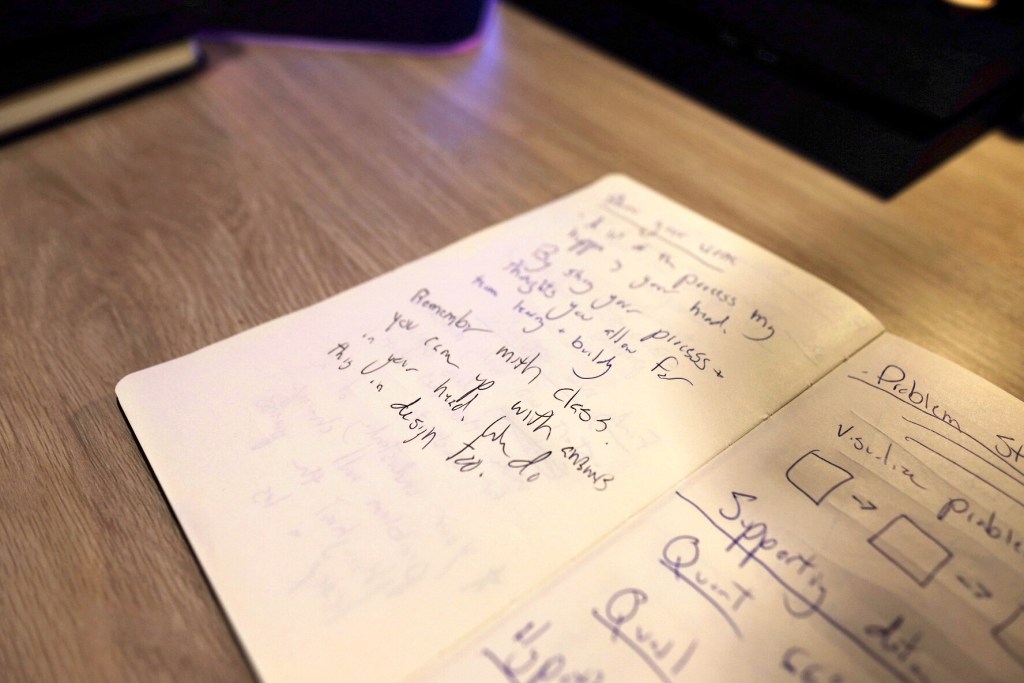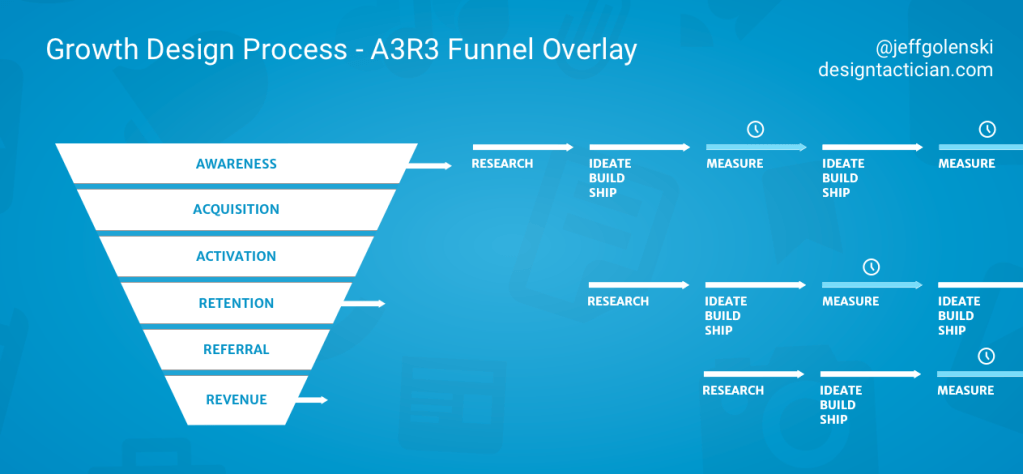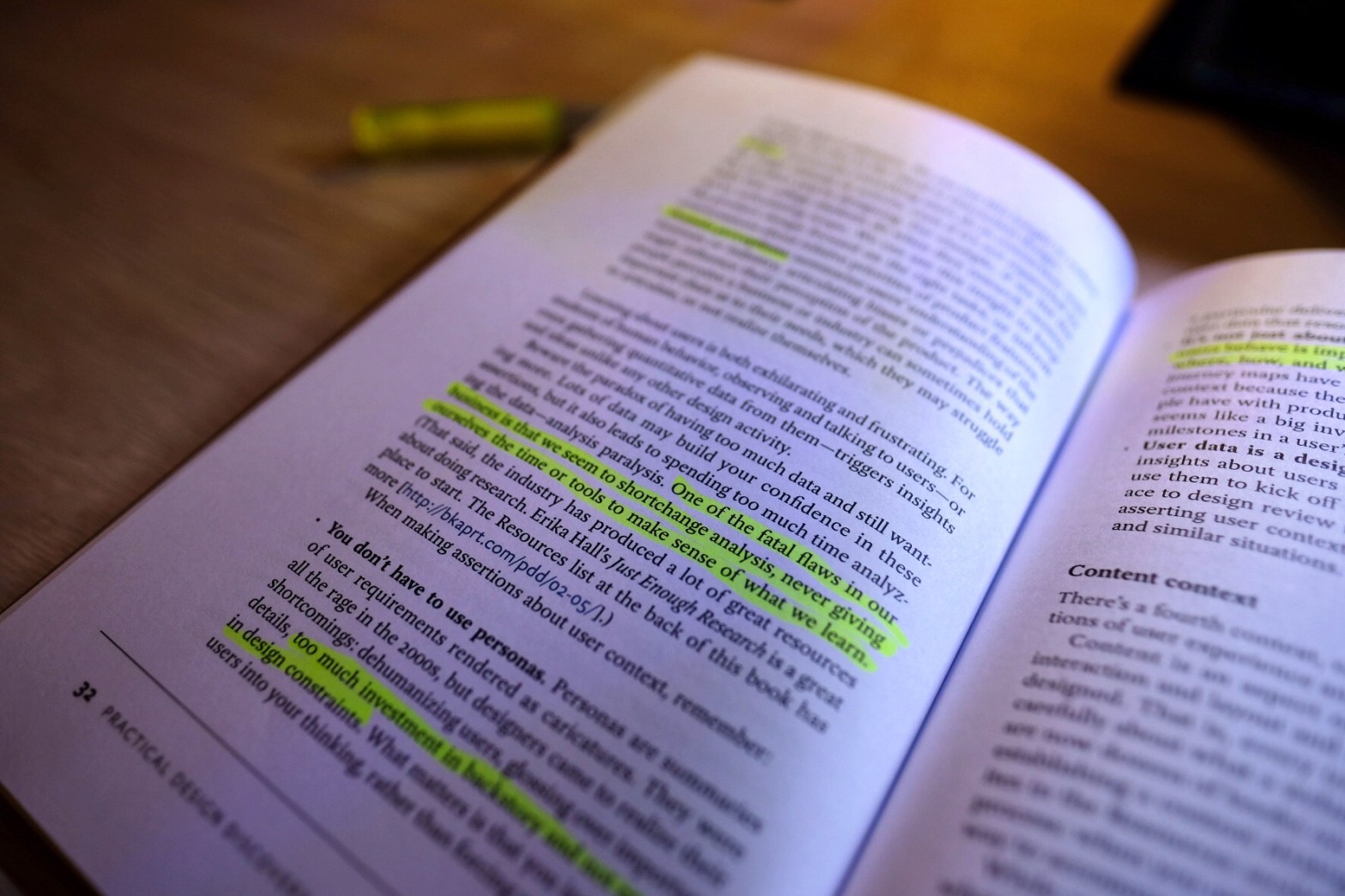This may seem like one of those self-explanatory concepts. You read stuff, you absorb it, and voilà — you’ve learned it. But how much information do we really absorb, retain — most importantly — utilize?
This is a post about how I’ve refined my learning process to extract every ounce of benefit from what I read.
Some of you may recall sitting in math class as a youngster. You were obviously a genius and could figure out complex algebraic equations in your mind without putting pencil to paper. The calculator in your skull solved the problem and you wrote the answer: X = 5. Your confident self got up, walked the test to the teacher’s desk, and placed it down with a smirk. As you turned and walked back to your desk your head began to swirl with doubt. Wait, why am I the first one done with the exam?
Whoops. Not only did you get the answer wrong (fail) but you didn’t show your work (double fail).
Because you didn’t show your work, you missed some key components that would have led to you getting the answer correct!
Slow down & show your work
Oddly enough, this is what we often do when we learn new concepts — specifically with reading. We read, acknowledge something new, and continue on. But what we did we miss? Probably a whole lot. More importantly, how often does what you learn stick with you? After time, if you’re not holding yourself accountable to utilize what you’ve learned, it fades away.
There are also a few things you can do to extract every drop of information you intake, and make better use of it. Slow down, add a few steps to your process, and you’ll make better use of your learning time.
Read & highlight

Some of you may find it blasphemous to write in a book, but as you read through them — physical or otherwise — highlight the concepts that really stick out to you. I personally still prefer physical copies of books, and I use an ancient relic known as a “highlighter” to call-out the important bits.
I also know this is also standard practice for many people. Medium.com even implemented this as a feature due to its popularity, but here’s where I diverge a bit…
Revisit highlights & write notes

After I’ve completely finished a book or article, I’ll go right back to the beginning after letting the information simmer in the depths of my synapse for a few days. I don’t re-read said book in its entirety, but I’ll skim through my highlighted areas.
This is where things get interesting. When I read a highlight, I try and recall the details of the entire concept, without re-reading rest of the surrounding paragraphs.
Read the highlighted sentence. Remember what the entire paragraph was about.
If I can’t do that, it means I probably was distracted reading through that paragraph or chapter (probably because of the cats). Once I can do that, I also try mentality tie said concept to a personal or professional experience. This helps reinforce my understanding of the concept and remember it better.
While you’re doing this, pop open a notebook (or a note app) and begin to rewrite what you’ve highlighted and your related experiences. To help further your understanding, make sure to write them in your own words, don’t just quote everything.
Rewrite notes as if you’re teaching the subject

If you’re pressed for time, you may find combining the highlight and note taking step works fine for you.
Often times when we teach, we learn. It’s one of my favorite methods to learn a subject more deeply. Perhaps it’s because we all want to be liked and not be a laughing stock, but we all really want to fully understand a topic before we attempt to relay that information to others.
Visualize to help understand

This is actually the crucial step for me. As a designer, visualizing something helps me understand it better. Turning a bulleted list into a graph can actually help me form my own personal mental model around the problem.
Sometimes it a quick sketch or sometimes it’s a more refined visual. Again, if you’re adhering to the “teaching” method above, working to refine the visual is not only fun, but helpful to communicate to others.

Above is an example of how I interpreted Growth Design after first learning about the concept a few years back. I visually combined the A3R3 growth funnel with my preferred design process. I then used this to give a talk on the subject and help others understand the concept as well.
Make an actionable list and set goals
Hold yourself accountable to use the information you’ve learned. If you don’t use it, you lose it.
Create some goals and an actionable list. Decide what items you’ve learned can be converted to tasks. Whether it’s a process you’ve read about that you want to adopt, or single action like interview one customer every week.”
Make that list. Add it to your process, and make sure you do it regularly.

Leave a Reply